Hakone Day Trip using Every Mode of Transport

If you love trains and boats and cable cars, a day trip to Hakone will complete you. In a single day, we took 6 trains, 2 buses, 1 ship, 2 cable cars, and 1 funicular.
Train 1
The Romancecar operated by Odakyu departs from Shinjuku station with direct service to Hakone-Yumoto. The train is called “Romancecar” because there are no armrests between the seats (the seats are 2-2 layout).
We were very excited for the Romancecar (Train 1) to pick us up at Shinjuku.
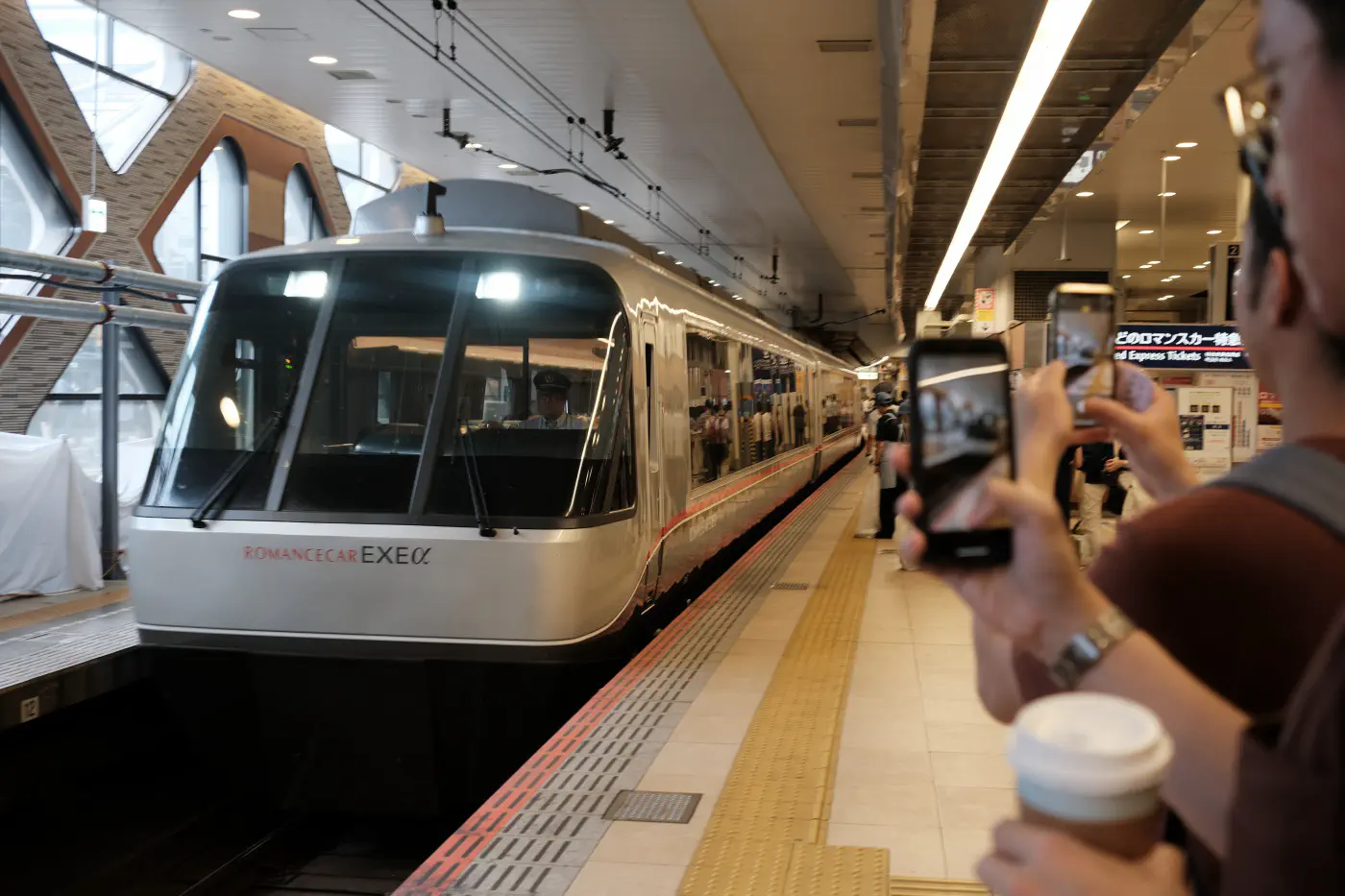
Then … an incident occurred, of the “injury at track level” kind (人身事故) on the Odakyu line. So, we got kicked off of the Romancecar at the next station, and had to find our own way to Hakone-Yumoto.
Train 2, 3, 4
JR East got our business. We took the Yokohama Line (Train 2) to Yokohama station then hopped on a Tokaido Line Shinkansen to Odawara (Train 3) to finally transfer to a local train that would take us to Hakone (Train 4).
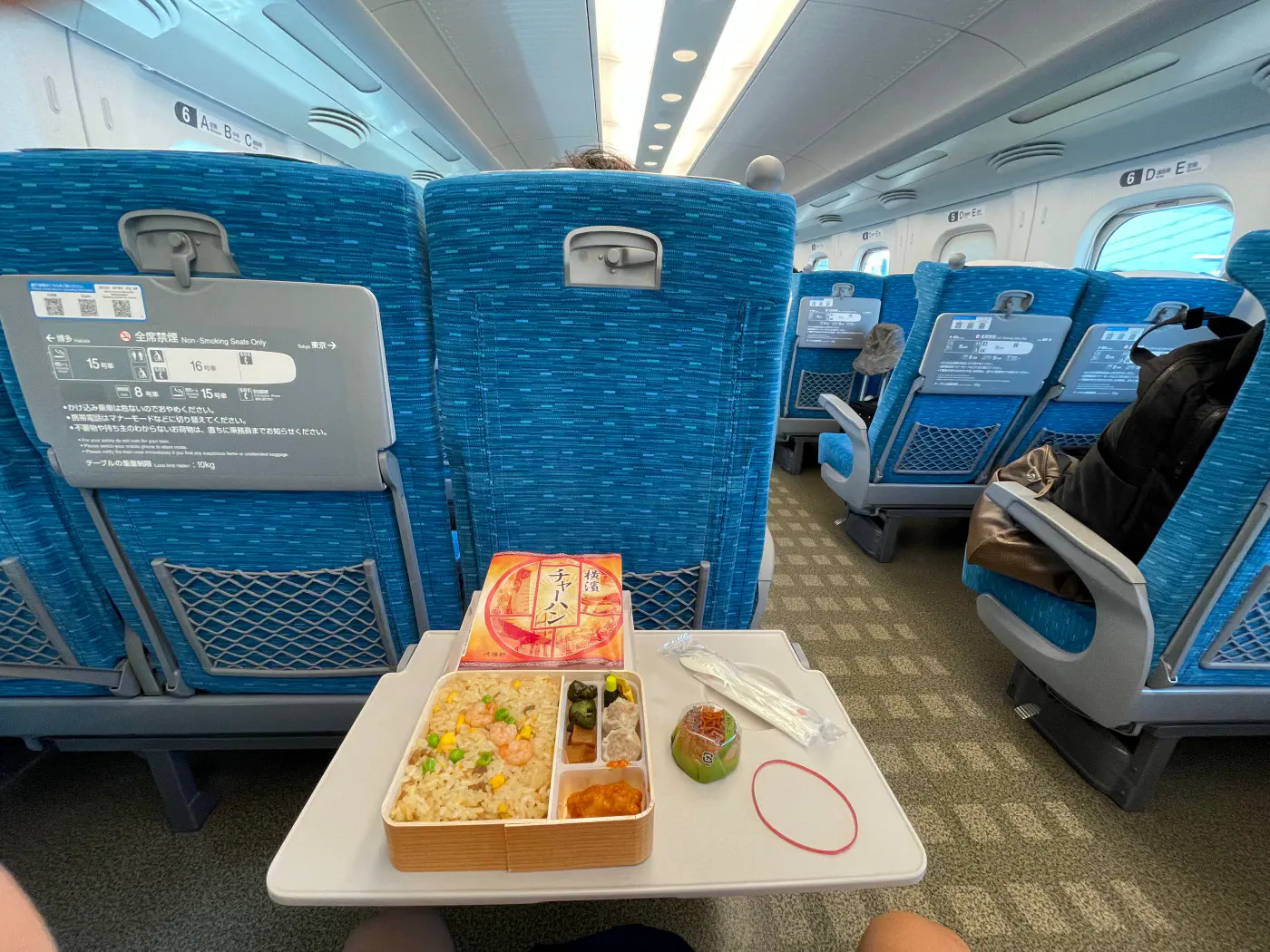
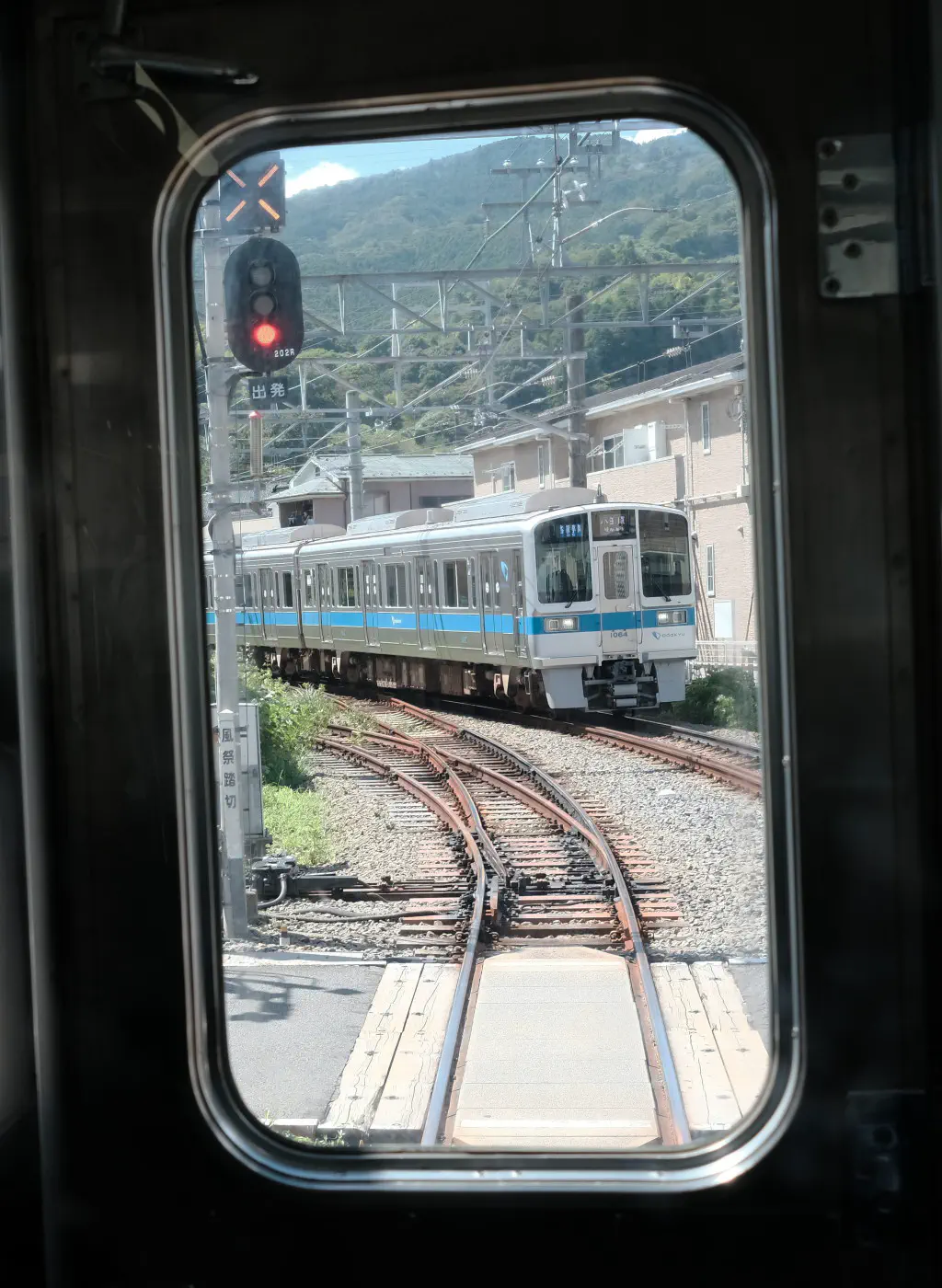
In all, we ended up getting to Hakone over an hour later. I wasn’t planning on taking the Shinkansen at all on this trip, so despite the cost I was pleased. After arriving in Hakone-Yumoto, we walked around the cute townsite while waiting for a bus that would take us to Lake Ashi. I found this dashboard posted outside the police station.
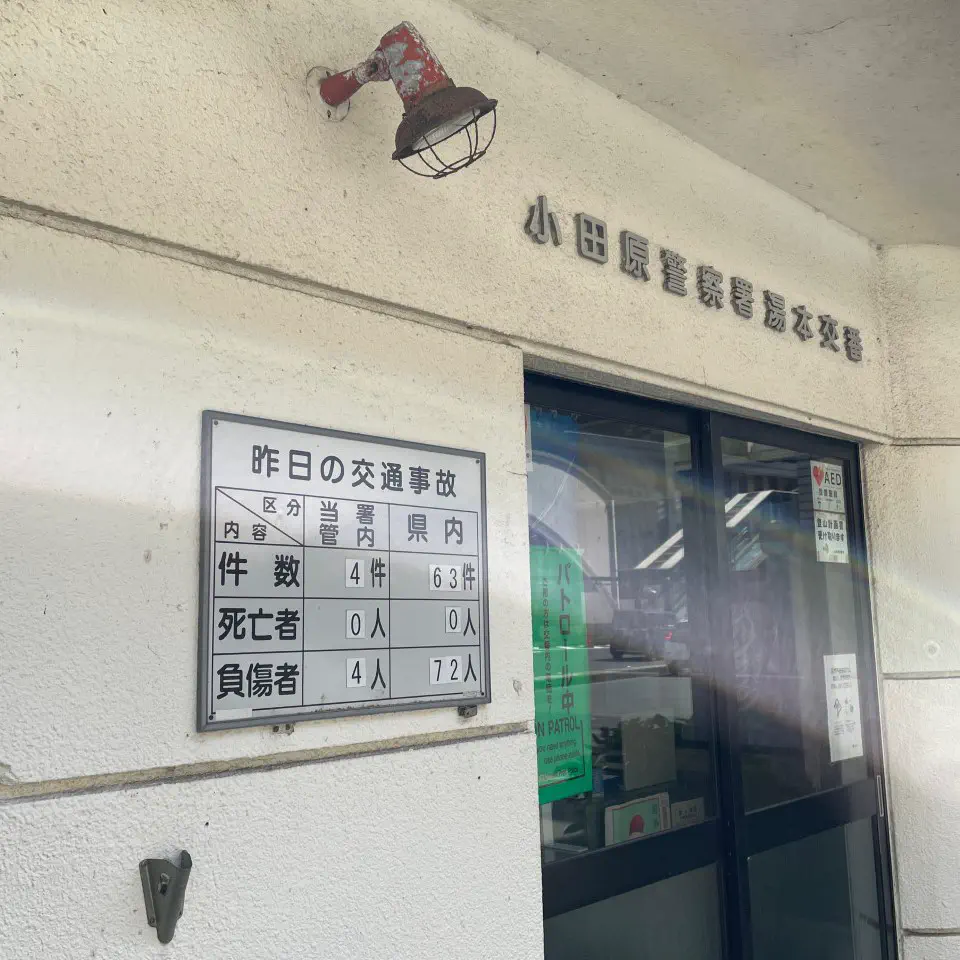
Yesterday’s Traffic Accidents 昨日の交通事故
| Category (区分) | Within jurisdiction (当署内) | Within the prefecture (県内) |
|---|---|---|
| Number of accidents (件数) | 4 cases (4件) | 63 cases (63件) |
| Deaths (死者) | 0 people (0人) | 0 people (0人) |
| Injuries (負傷者) | 4 people (4人) | 72 people (72人) |
While I appreciate the transparency, it somewhat concerned me that 72 people were injured! For comparison, I looked up the same date for motor vehicle accident data from Toronto Police Service. There were 193 collisions with 37 injuries in Toronto that day.
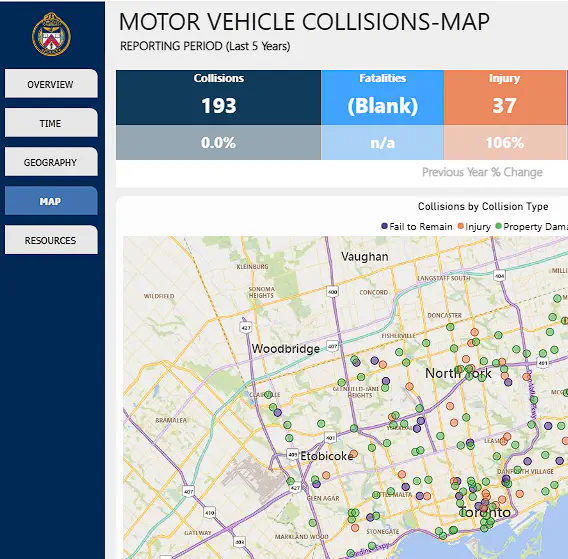
But then you realize that the little sleepy townsite of Hakone is part of the Kanagawa Prefecture whose population is around 9.2 million. The City of Toronto has a population of 3 million – a difference of 3x. So actually, this is VASTLY safer… I am 60% MORE likely to get hurt in Toronto.
With that out of the way, I boarded the bus with full confidence and we headed to Lake Ashi.
Lake Ashi & Bus 1
The bus was boring so I did not take a picture of it. The lakeside was beautiful though, as the moody clouds let in slivers of sunlight that seemed to cast directly onto the Peace Torii.
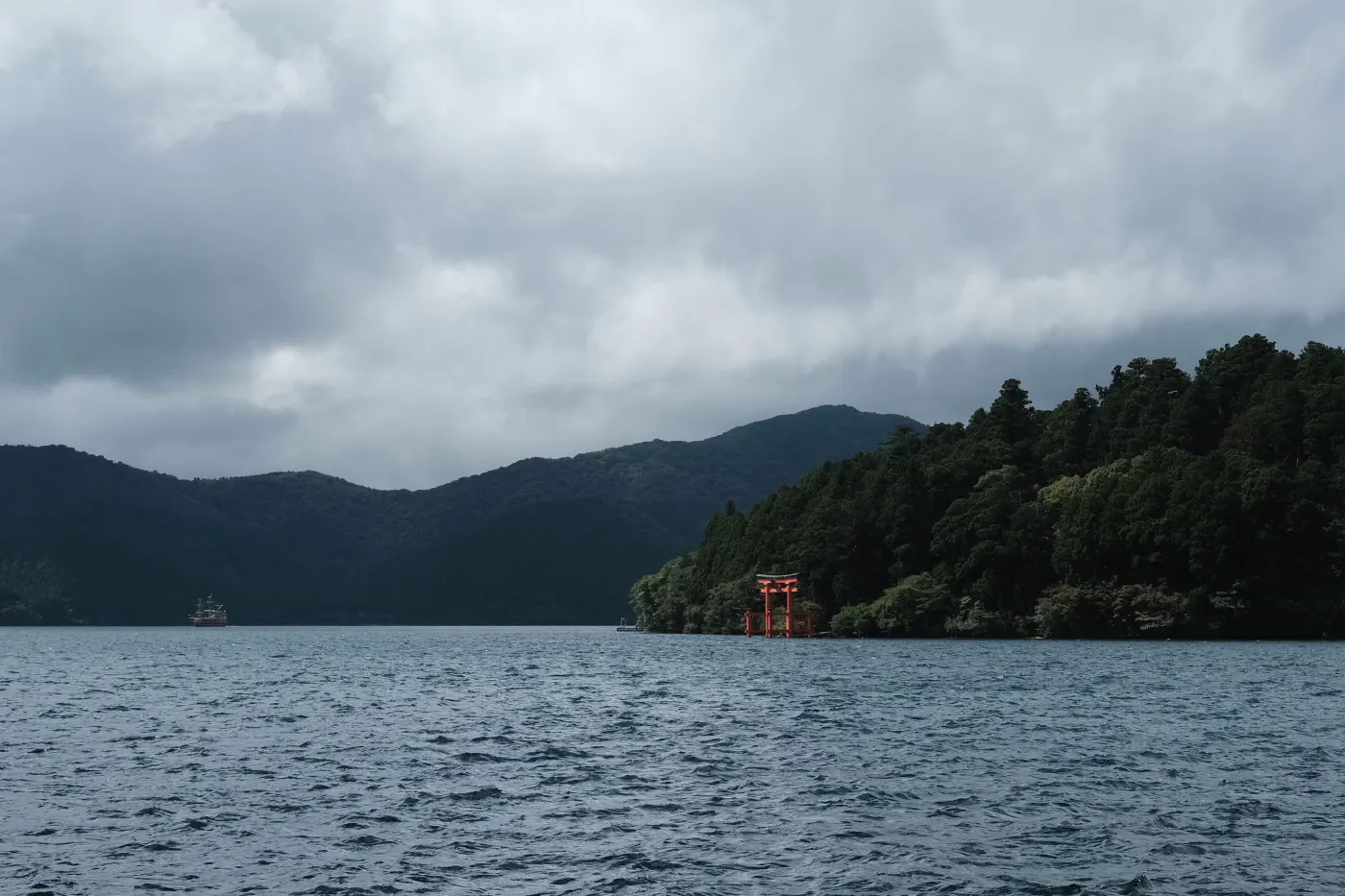
It’s only a short walk to get to Hakone Shrine, situated on the mountainside and surrounded by towering trees. With the blessing of the guardian deity of Lake Ashi, all of the hecticness from train transfers and calculating injury rates started to depart my body.
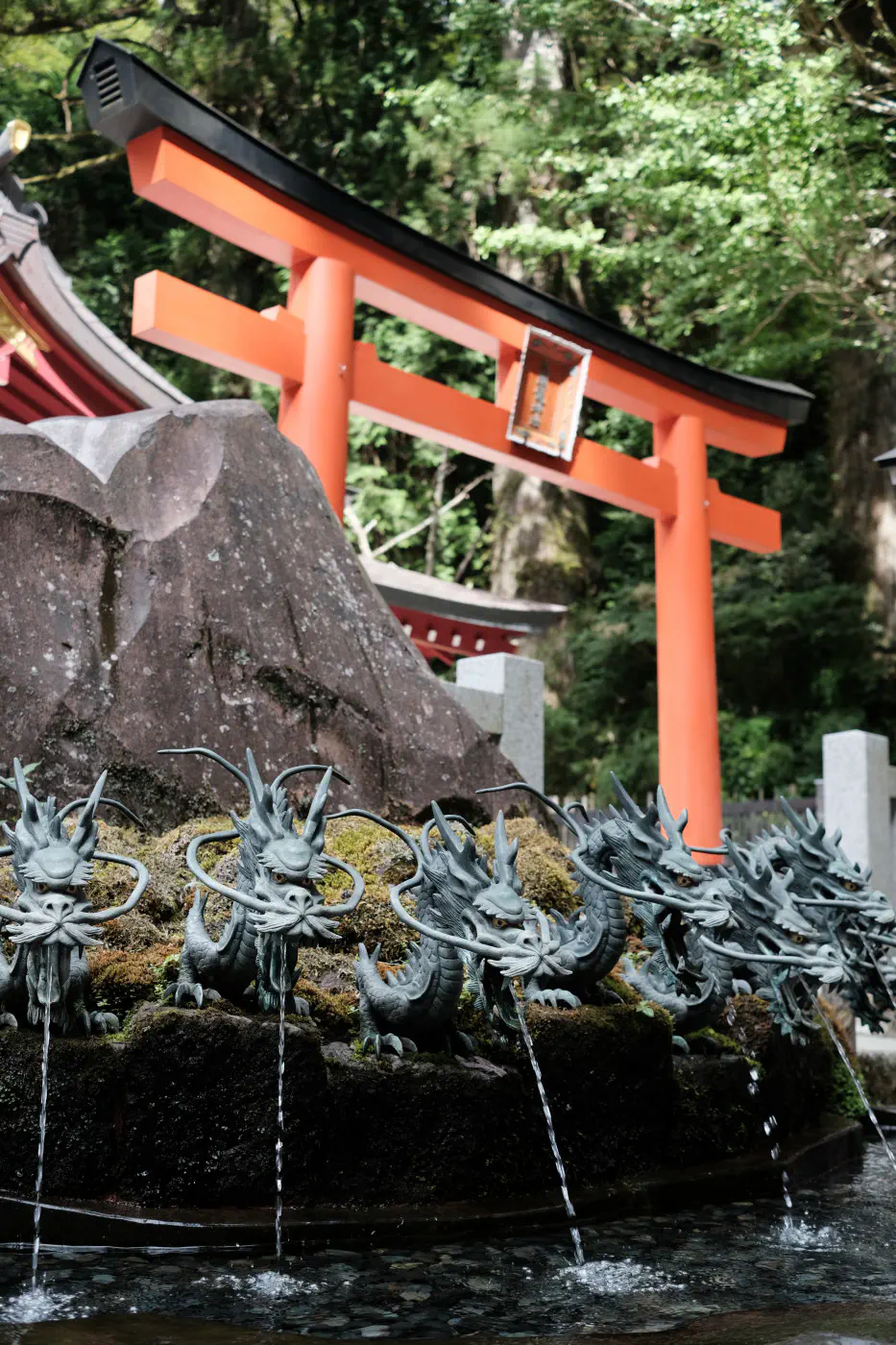
Ship
A Pirate Ship took us across the lake. The ship was excessively decorated – it’s a very refined and romanticized interpretation of piracy, vs. the North American pirate of YAARRRRR, skulls-and-bones, fire-and-guns kind of general debauchery. Personally, I prefer this Japanese pirate style.
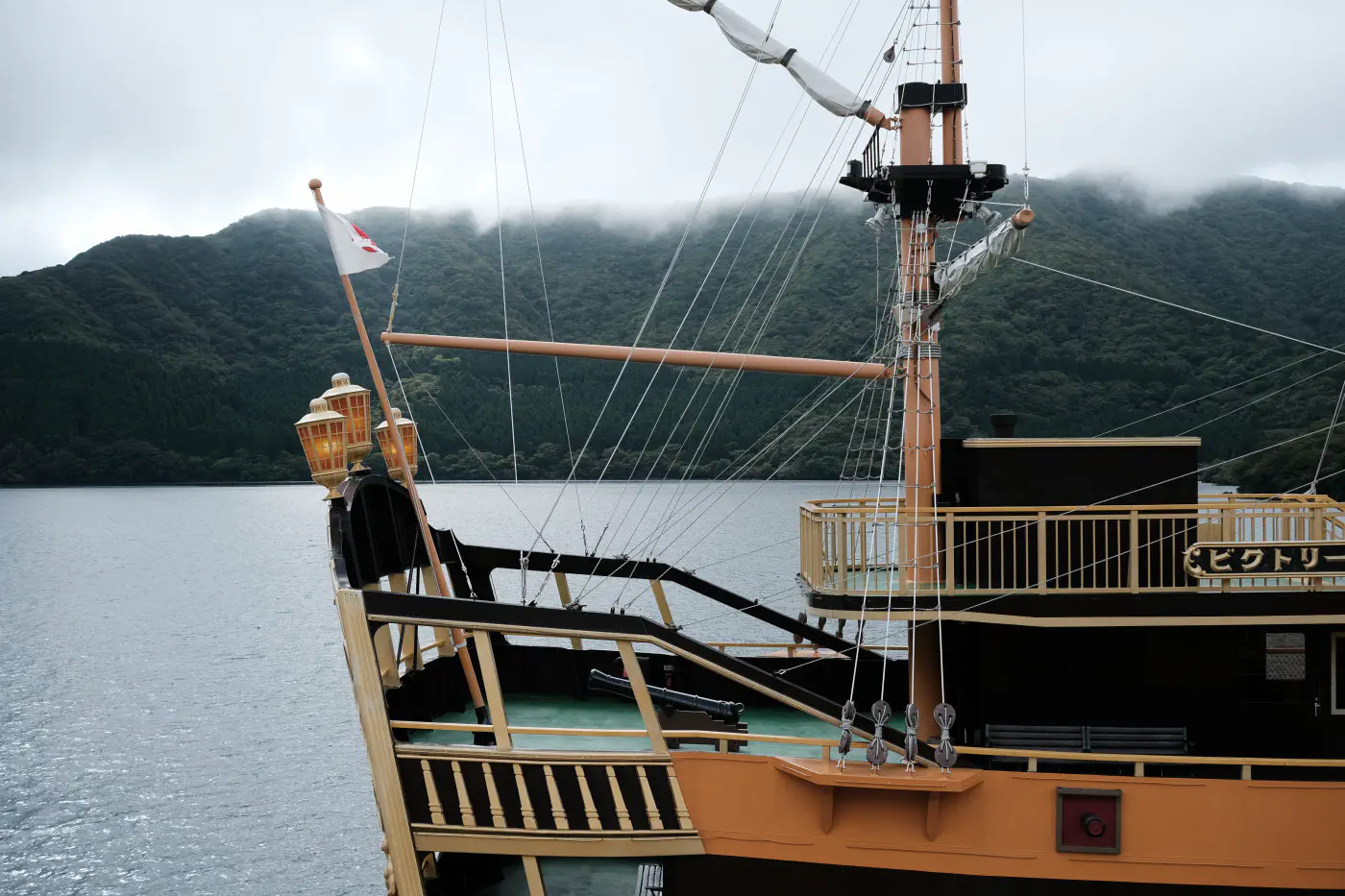
Does the ship need to have those masts that are totally unnecessary? No. Do the chairs need to be elaborate and palatial? Also no. But is it sick? Absolutely yes.
Cable Car 1 & 2
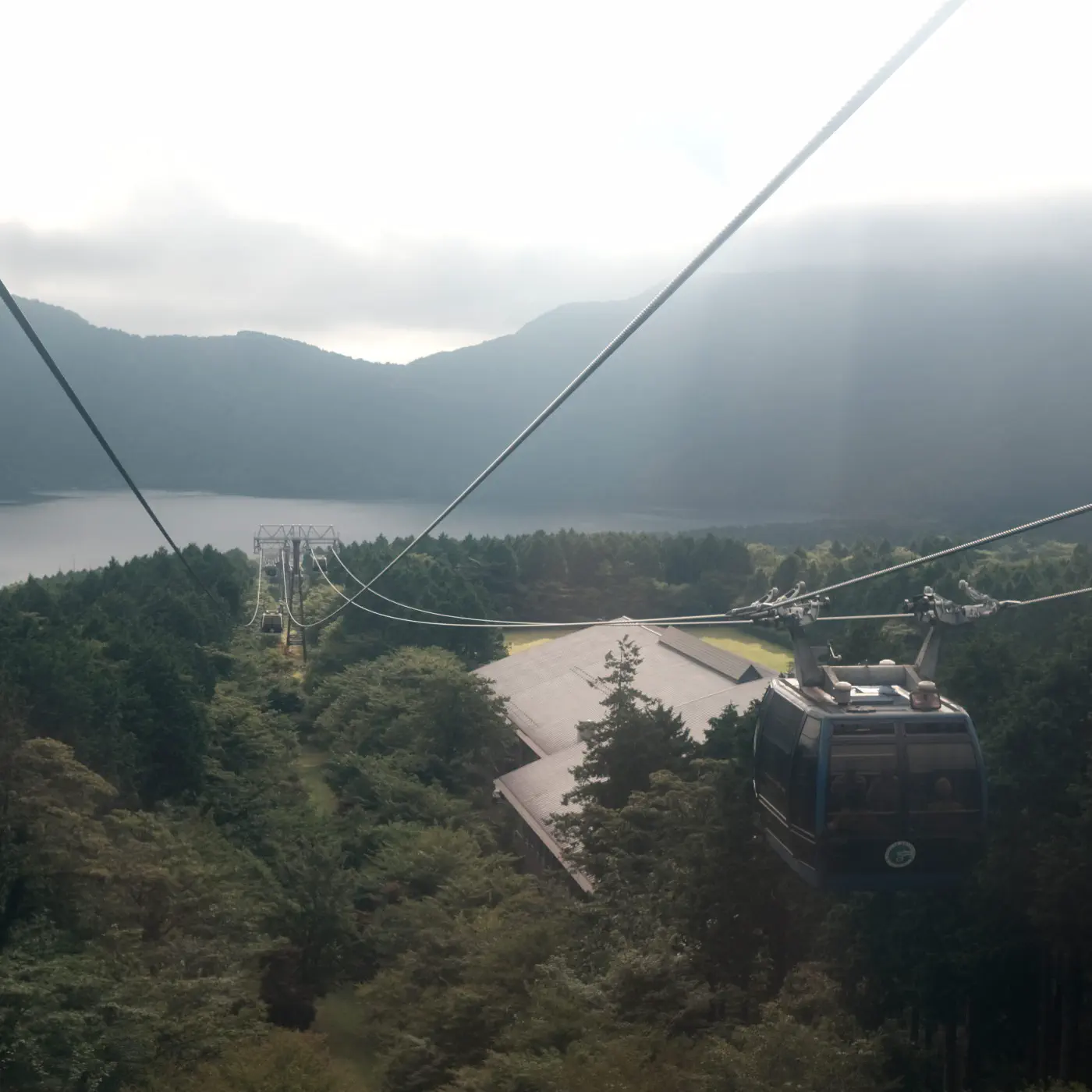
Next up, our first cable car. This is my first time on a funitel – where the cabin uses two cables. The cabins are large, and it is probably very stable in high winds. What’s also really cool about this thing, is that the cables duck under the platform when the cabins detach to slow down at a station. So cool!
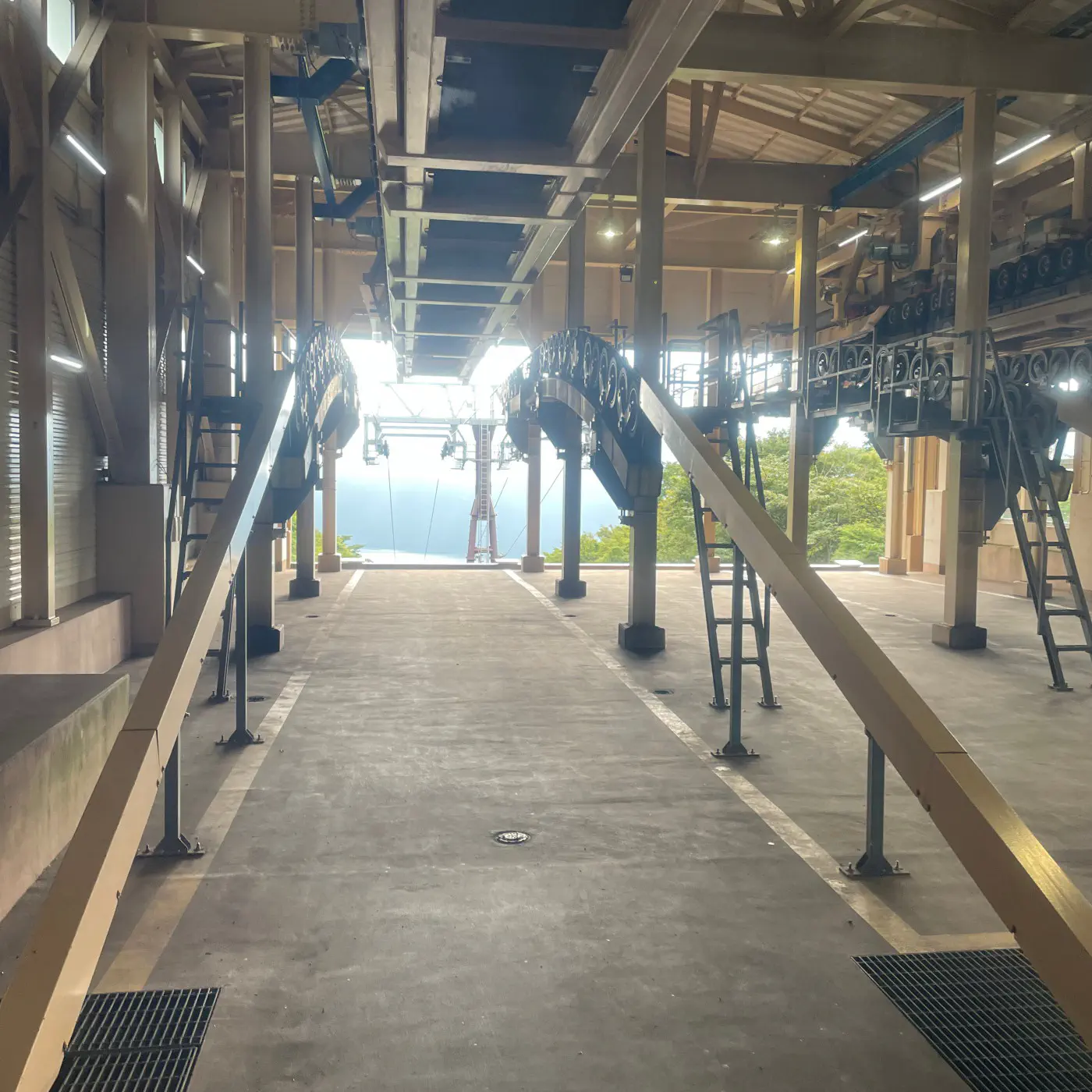
At the end of this cable car ride, we arrive at the “Big Boiling Valley”. It is an active volcano with varying degrees of volcanic activity. There are volcanic shelters along the tour route, just in case.
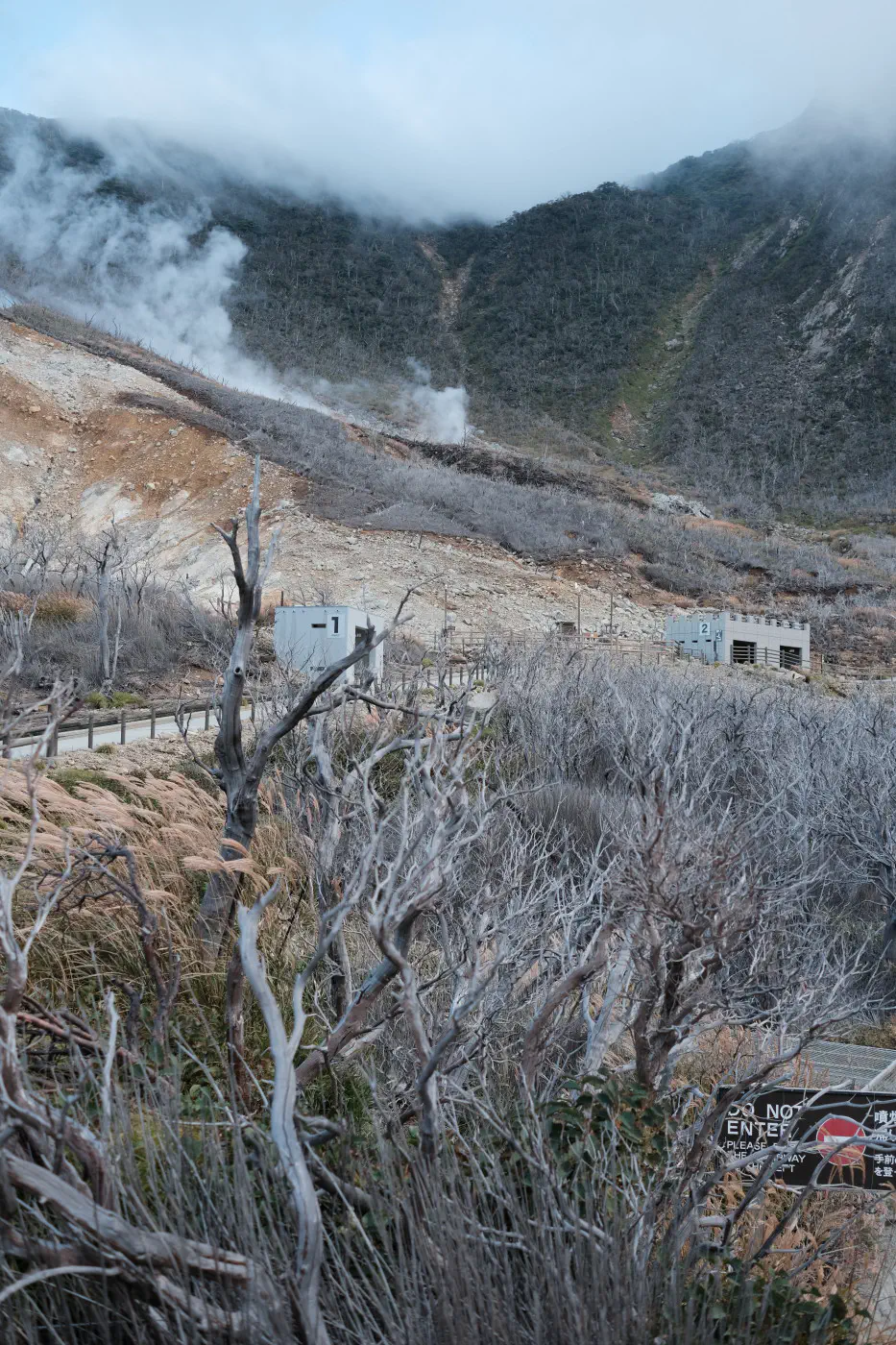
After eating the blackened hard-boiled eggs, as is customary, we took our next cable car to go down the mountain. Although it appears as a continuous line that traverses the mountain on the map, they are actually two separate cable car systems. It’s a good design, because if one breaks, you can always get off/on the mountain using the other one.
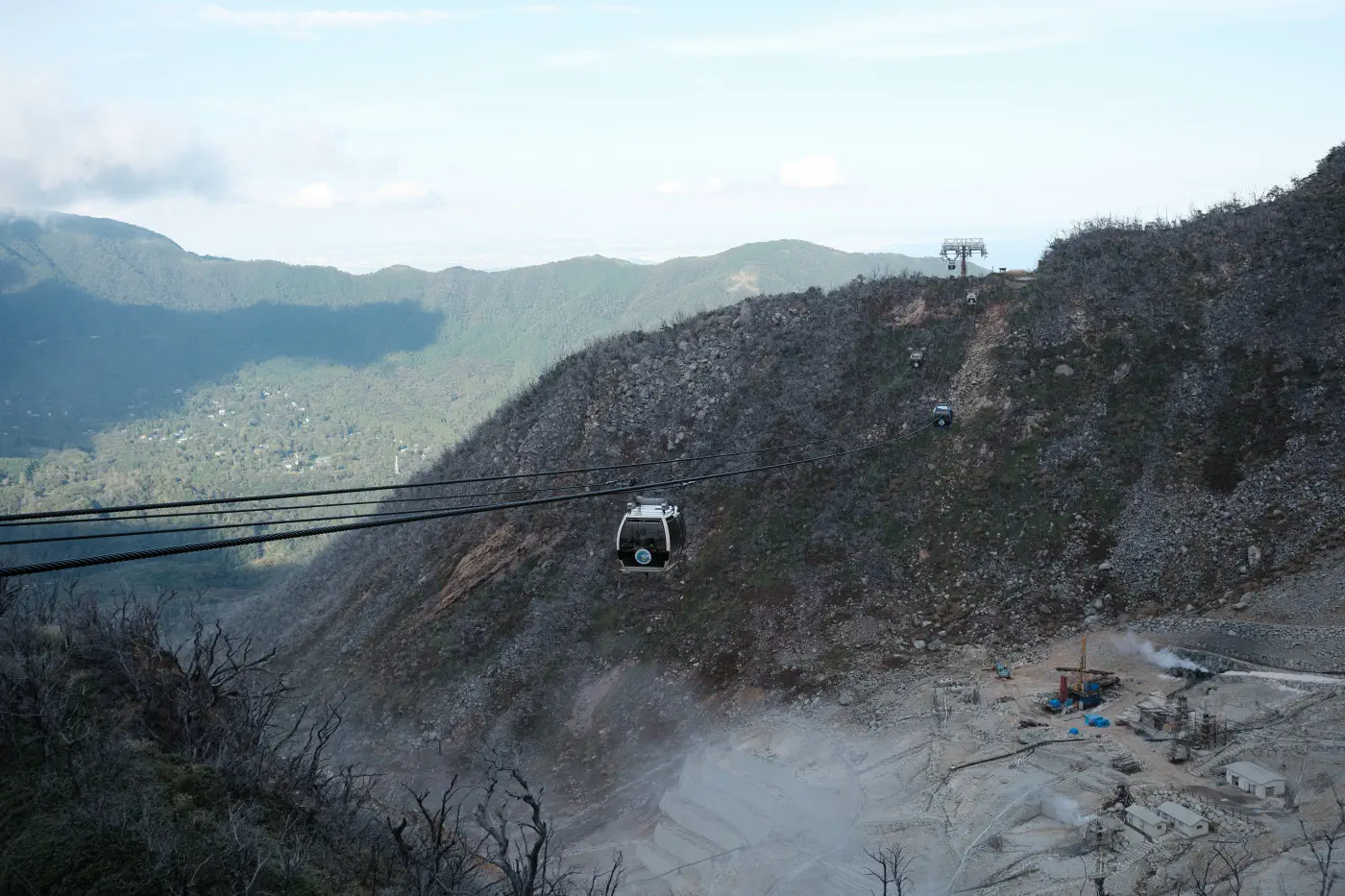
Funicular Train
Last time I took a funicular was six years ago in Bergen, Norway, so I was quite excited for this.
Also check out this sick platform edge door!
The ride was very smooth and calming.
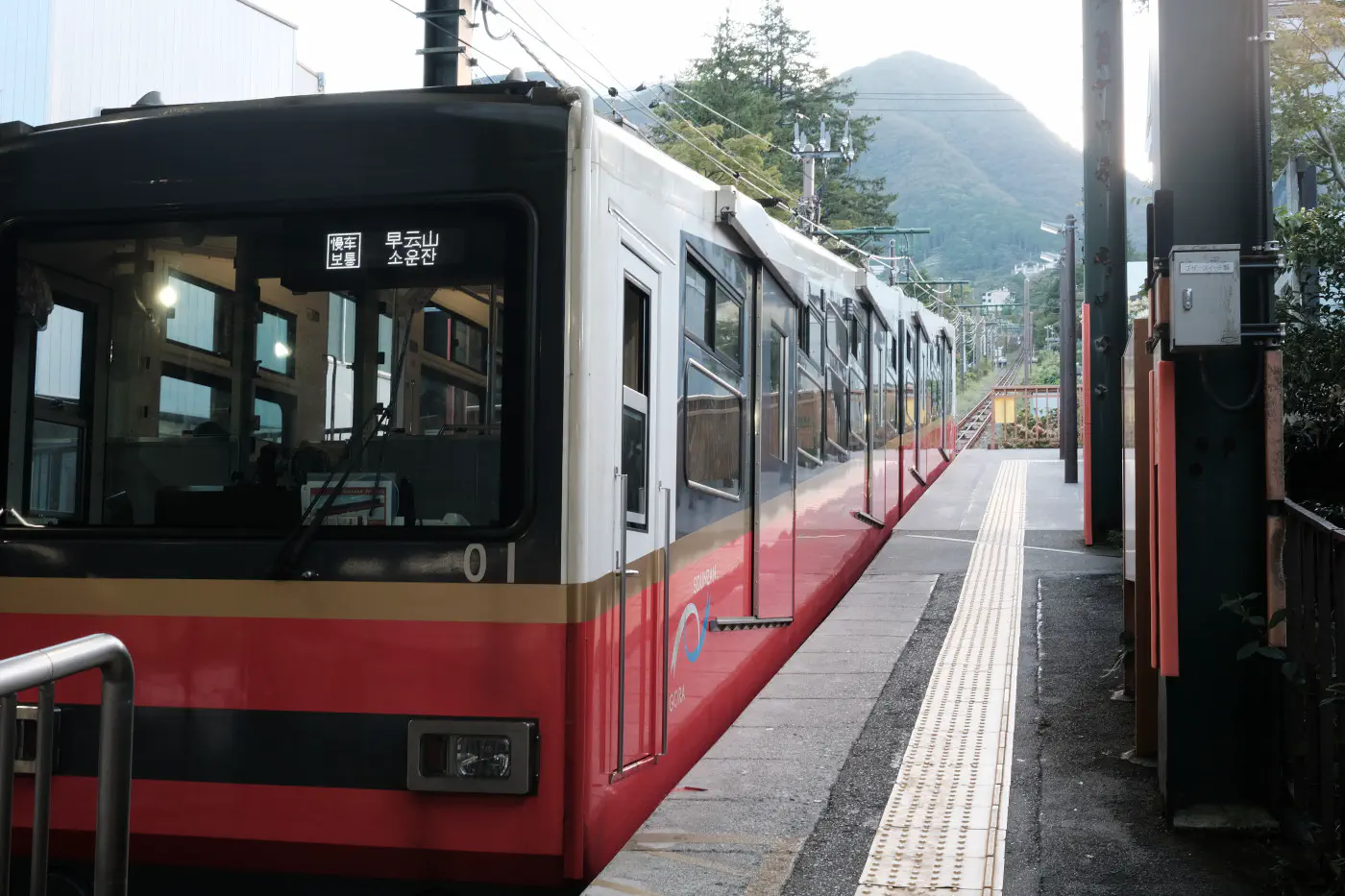
Train 5 & Bus 2
I don’t know who designed this tourist route but I am not complaining. Here is Train #5, the local Hakone-Tozan Line that will take us from Gora to Hakone-Yumoto.
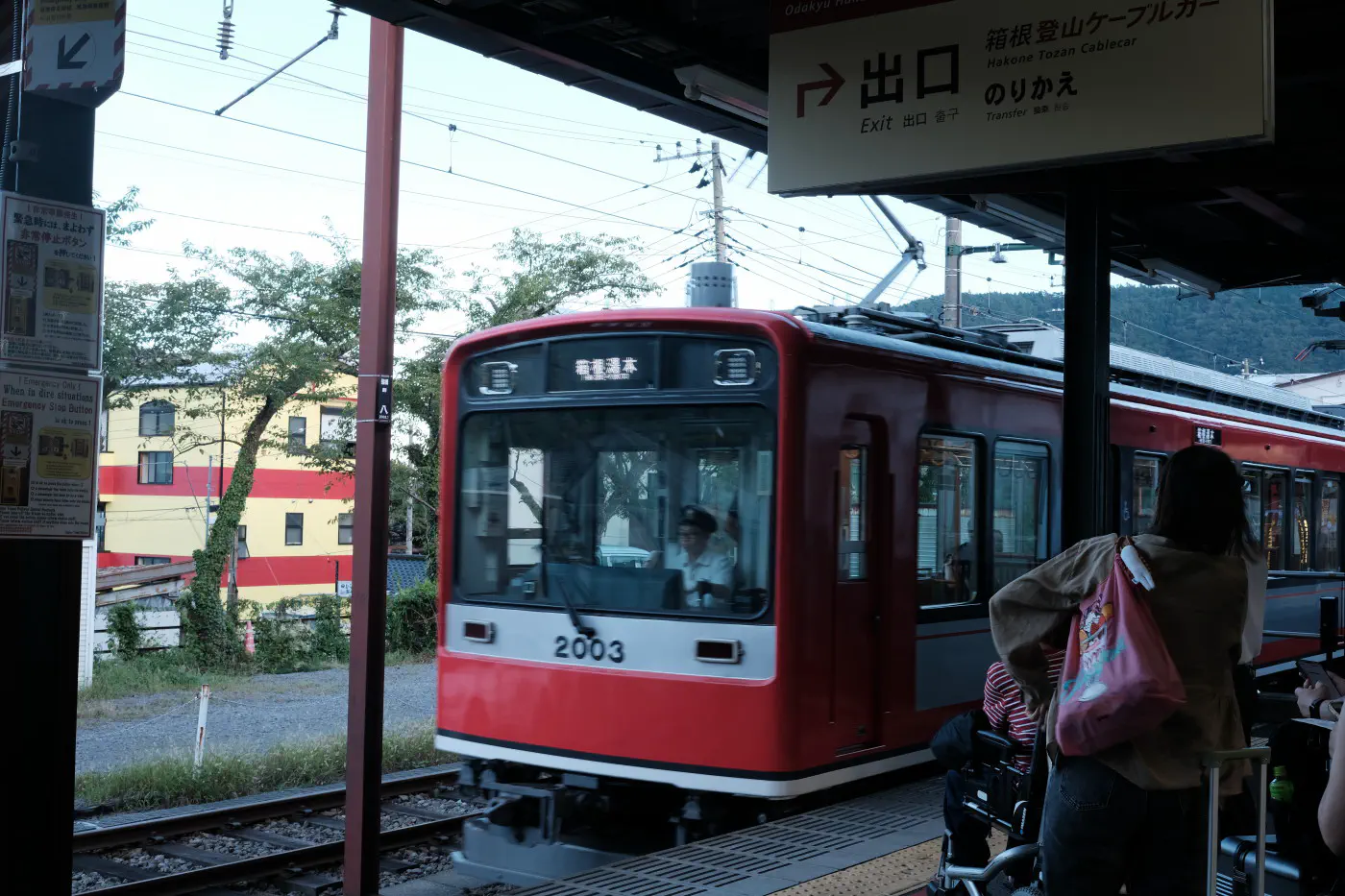
A minibus picked us up for a quick onsen session at Hakone Yuryo, so I will count that as Bus #2.
Train 6
Finally, it’s time to go home. The Odakyu tracks have reopened, and we were on our way back to Shinjuku on an Odakyu 30000 series.
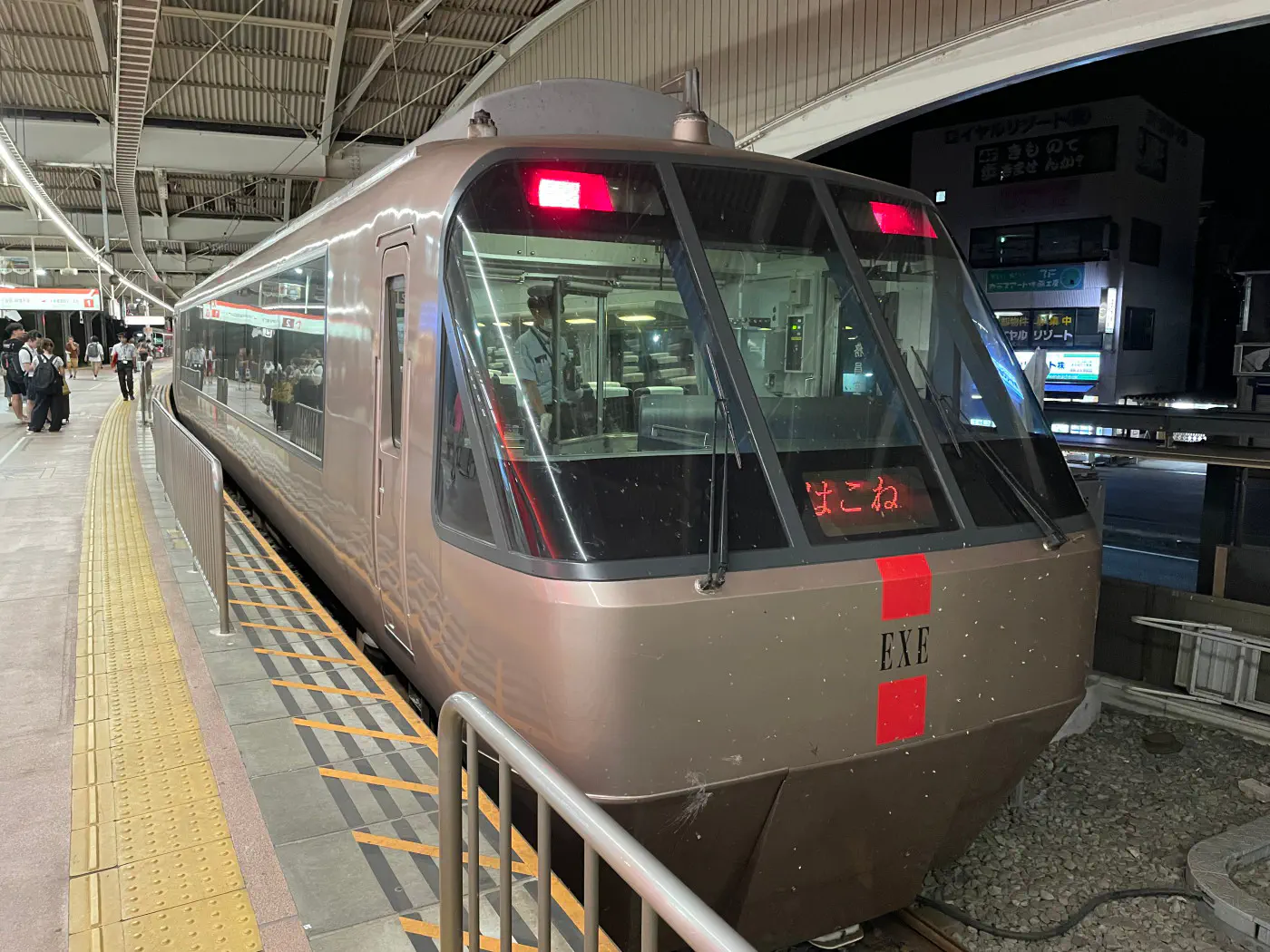
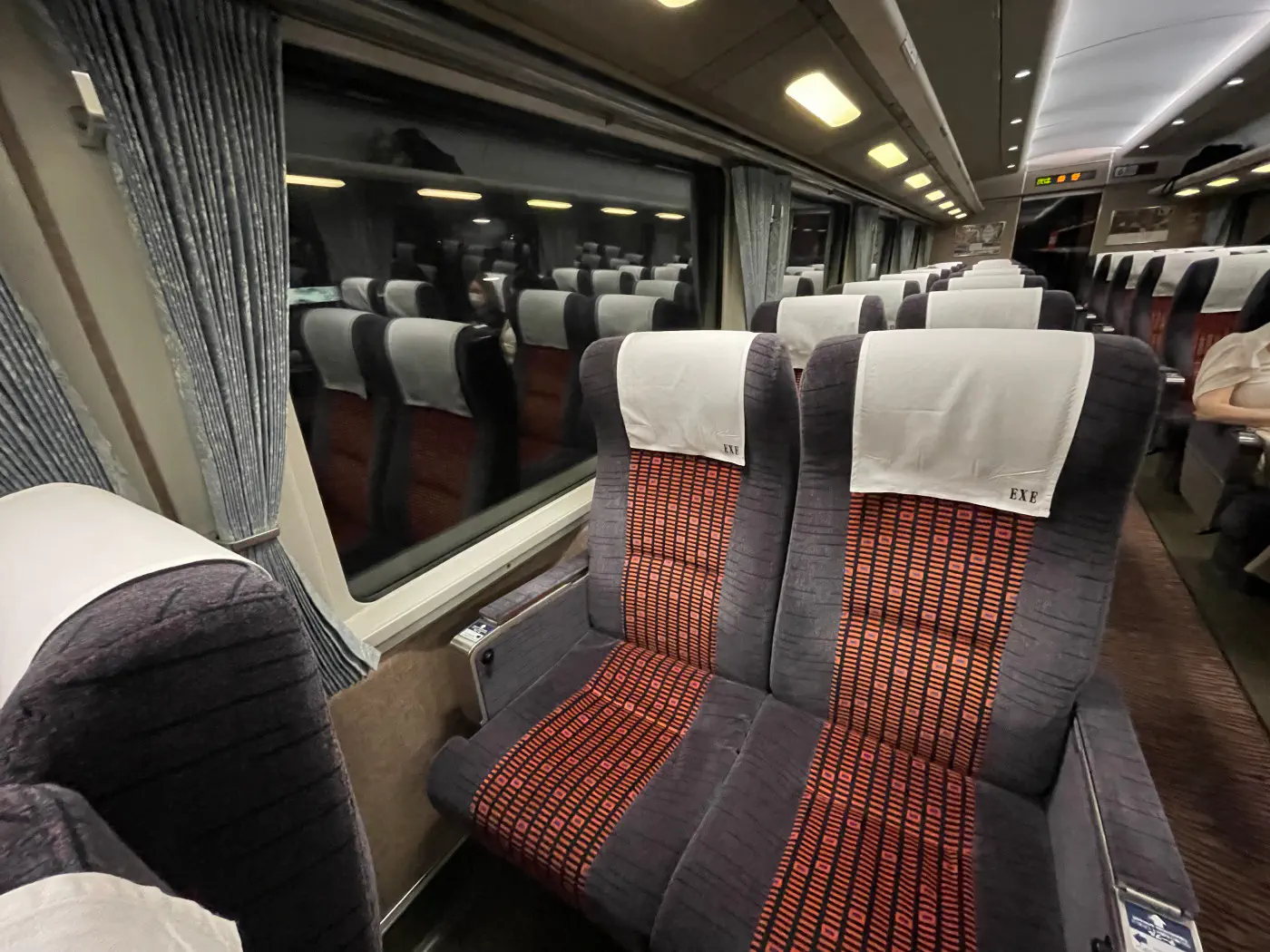
The interior was very, very ’90s. I felt like I was transported back to a different era. It just felt unreal – everything was clean and in working order, just a completely different style from two decades ago.
Insert All Tickets Together
Japanese train tickets (as I later learned) work on a “stack” concept: there is a base fare, and surcharges for express trains, seat reservations, etc. can “stack” on top. Those additional endorsements are given as separate physical tickets.
A lesson that cost me $12 is that you ought to stack all tickets together and insert them into the slot at the same time at the automated gate.
I inserted my tickets one at a time and the gate would not open to let me leave.
I could not make the station attendant understand that the machine “ate” my ticket. He had me touch his Suica reader and suddenly my wallet became $12 lighter.
So now I know. But damn, that money could have been for another train to pad today’s loot – such a shame. But hey, now you won’t make the same mistake I did, so there’s that.